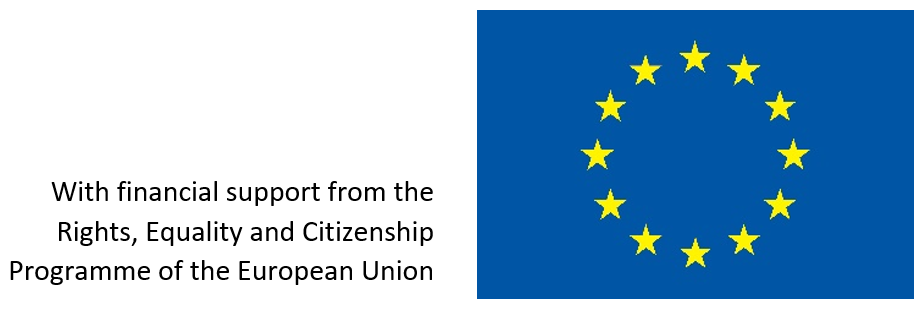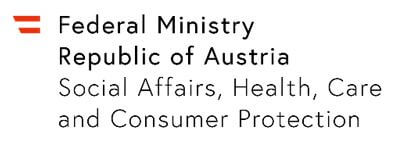Feminism. A single word with multiple layers. What does it mean to be a woman? Is there a single answer? No, because women aren’t single stories.
“The single story creates stereotypes, and the problem with stereotypes is not that they are untrue, but that they are incomplete. They make the one story become the only story.”
Chimamanda Ngozi Adichie
Essentially, it is a counteract to feminism, womanhood and sister solidarity all around the world to diminish feminism to a single story, and therefore see feminism only through one lens. Intersectionality is like the flora of society and people are its flowers. Roses, daffodils, buttercups, daises and more. Can you see their colours? Can you see how they’re growing? Can you see how they embellish the landscape? All different, yet all beautiful.
Intersectional feminism is based on precisely this idea. People are diverse. We are all different. Culture and society aren’t homogenous, and neither are we. Therefore, when talking about intersectional feminism, we take differences into account. We refer to the inherent social differences women worldwide face. However, intersectional feminism is not based on exclusion. Contrarily, intersectional feminism encompasses all these social differences. It is through the awareness of these social differences that all women can be integrated into the feminist movement and subsequently be more powerful in the fight against patriarchy and for equality. Reflection and awareness are the pillars that intersectional feminism is built on.
Yes, your struggle is different from mine, but that doesn’t make it any less important. It is said that the beauty of one woman isn’t the absence of another woman’s. The struggle of one woman isn’t the absence of another woman’s. The experience of one woman isn’t the absence of another woman’s. This is precisely the ideology of intersectional and inclusive feminism, as the focus lies on the differences and diversity of all of women. As a matter of fact, there are multiple layers to being a woman and therefore women bear multiple identities. However, these identities also entail the exposure to different forms of discrimination. Intersectional feminism aims to counteract these forms of discrimination by embracing women’s differences.
Intersectional feminism converts the ideology of intersectionality. Intersectionality is the meeting of different forms of discrimination. Although this complex social phenomenon has been targeting people all around the world for many centuries and has been influencing the perception of minorities in societies, its formal recognition can however only be traced back to the late 1980s. The term intersectionality was coined by the US-American lawyer and academic scholar Kimberlé Crenshaw in 1989 to describe the complexity of and multiple layers to social injustice. She is considered the pioneer of the critical race theory. In her piece of research “Demarginalizing the Intersection of Race and Sex: A Black Feminist Critique of Antidiscrimination Doctrine, Feminist Theory and Antiracist Politics”, Crenshaw focuses on the overlapping of racism and sexism in the United States of America, and the subsequent and analog repercussion of these both components on the concerned individual.
Crenshaw refers to the case of US-American Emma DeGraffenreid who was exposed to double-discrimination based on gender and race. In 1976, DeGraffenreid sued one of the car manufacturing plants General Motors in St. Louis, Missouri, as she was not employed because she was a black woman. However, the company counteracted by stating that due to their employment of black men and white women, they can neither be considered racist nor sexist, and the case was eventually dismissed. It was failed to recognize that DeGraffenreid was being discriminated against based on her gender AND her race. Crenshaw compares intersectionality as an “analogy to traffic in an intersection” and explains it as such through the case of Emma DeGraffenreid.
“Similarly, if a Black woman is harmed because she is in the intersection, her injury could result from sex discrimination or race discrimination. […] [B]lack women can experience discrimination in ways that are both similar to and different from those experienced by white women and black men. Black women sometimes experience discrimination in ways similar to white women’s experiences; sometimes they share very similar experiences with black men. Yet often they experience double-discrimination-the combined effects of practices which discriminate on the basis of race, and on the basis of sex.” (Crenshaw 1989: 149) In conclusion, the intersection of two or more forms of social discrimination cannot be explained through social discrimination A or through social discrimination B. As Crenshaw noted, experiencing discrimination as a black woman cannot be solely referred to as an act of racism or an act of sexism, it has to encompass the intersection of race and sex.
Although intersectionality has only been formally recognized for nearly 30 years, its early beginnings as a social movement can be traced back to the 1900s in the United States of America. Sojourner Truth (1797-1883) was an abolitionist and activist for women’s rights who advocated for not only gender equality but also racial equality. In 1851, Truth held a speech entitled “Ain’t I a Woman?” at the Women’s Convention in Akron, Ohio where she targeted the sociopolitical dichotomy that black women are exposed to in the suffragette movement as well as the feminist movement and the civil rights movement. “That man over there says that women need to be helped into carriages, and lifted over ditches, and to have the best place everywhere. Nobody ever helps me into carriages, or over mud-puddles, or gives me any best place! And ain’t I a woman? Look at me! Look at my arm! I have ploughed and planted, and gathered into barns, and no man could head me! And ain’t I a woman? I could work as much and eat as much as a man – when I could get it – and bear the lash as well! And ain’t I a woman? I have borne thirteen children, and seen most all sold off to slavery, and when I cried out with my mother’s grief, none but Jesus heard me! And ain’t I a woman?“
It is evident that the intersection of social differences can be found within different countries and frankly all over the world. Crenshaw exemplifies this social phenomenon through sexism and racism – the hardships of a black woman – however, her example can be adapted to many other variations of concerned individuals e.g. women who are exposed to intersecting discrimination forms. Through the intersection of racism, xenophobia, sexism, heterosexism, homophobia, transphobia, ableism, and classism – concerned individuals are confronted with new obstacles that are difficult to overcome. Whether that will be discrimination against a woman with disabilities as the intersection of sexism and ableism, the discrimination against a poor woman as the intersection of sexism and classism or the discrimination against a lesbian Romani woman as the intersection of sexism, racism and homophobia. Feminism can only truly be inclusive if we are aware of these inherent differences and thus different discrimination forms women worldwide are exposed to, and counteract them in an adequate and appropriate way to enable gender equality for all women.
For the progress of the fourth wave feminist movement, feminism must continue to be intersectional and inclusive. Aviva Dove-Viebahn, an honors faculty fellow at Arizona State University specializing in women and gender studies explains it as the following. “Since feminism relies on solidarity, some people fall victim to the temptation to push all other issues and identities aside so that gender is primary. But intersectional feminism — and that’s how we must move forward if there’s any hope of coalition building, any hope of real change — cannot allow for that to happen. We’re going to have to fight the temptation to say, ‘We’re all the same,’ as a kind of rallying cry.” Intersectional feminism is about consciousness and solidarity. Acknowledging our differences helps us to better work towards our similar goals: Gender equality, Respect and Rights!
“If we aren’t intersectional, some of us, the most vulnerable, are going to fall through the cracks.”
Kimberlé Williams Crenshaw
By Beverly Mtui, WAVE Intern
Photo by Autumn Goodman on Unsplash
Sources:
Crenshaw, Kimberle. 1989. Demarginalizing the Intersection of Race and Sex: A Black Feminist Critique of Antidiscrimination Doctrine, Feminist Theory and Antiracist Politics. University of Chicago Legal Forum: 1, 139-160. URL: http://chicagounbound.uchicago.edu/uclf/vol1989/iss1/8
Intersectionality. In: http://www.ted.com/talks/kimberle_crenshaw_the_urgency_of_intersectionality?language=de#t-681521
Truth, Sojourner. In: https://sourcebooks.fordham.edu/mod/sojtruth-woman.asp
Dove-Viebahn, Aviva. In: http://www.vox.com/identities/2017/1/25/14355302/womens-march-feminism-intersectionality-women-of-color-white-feminists






